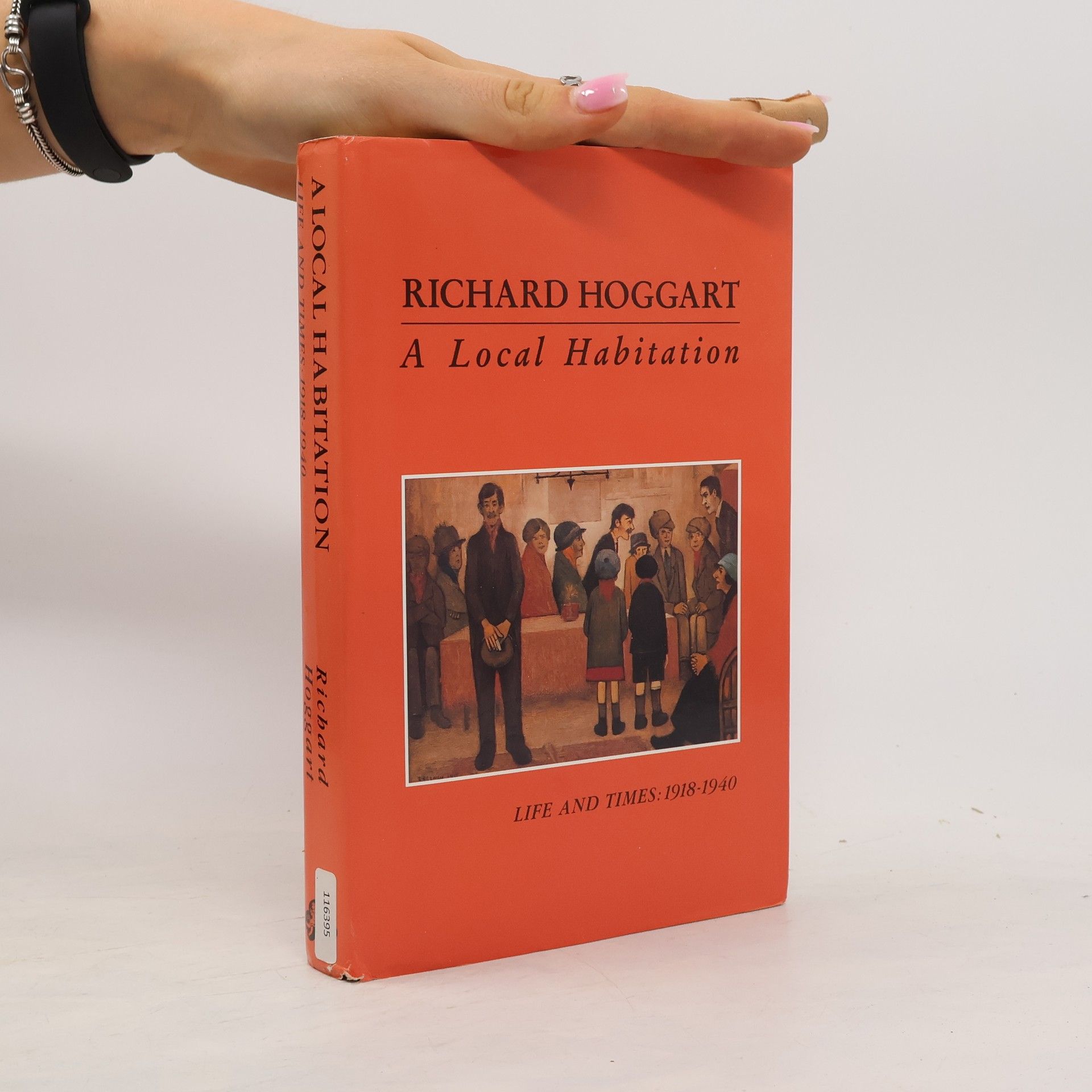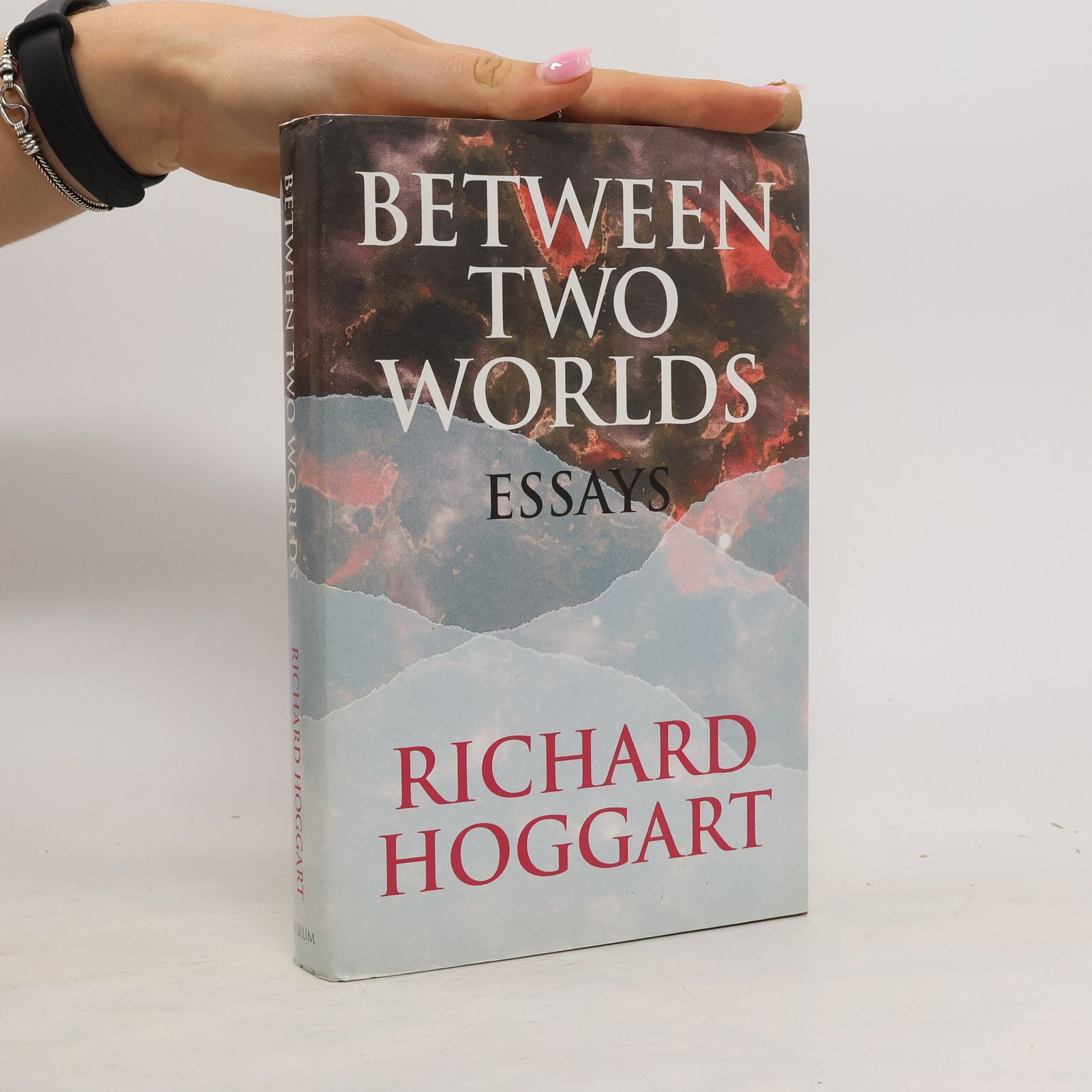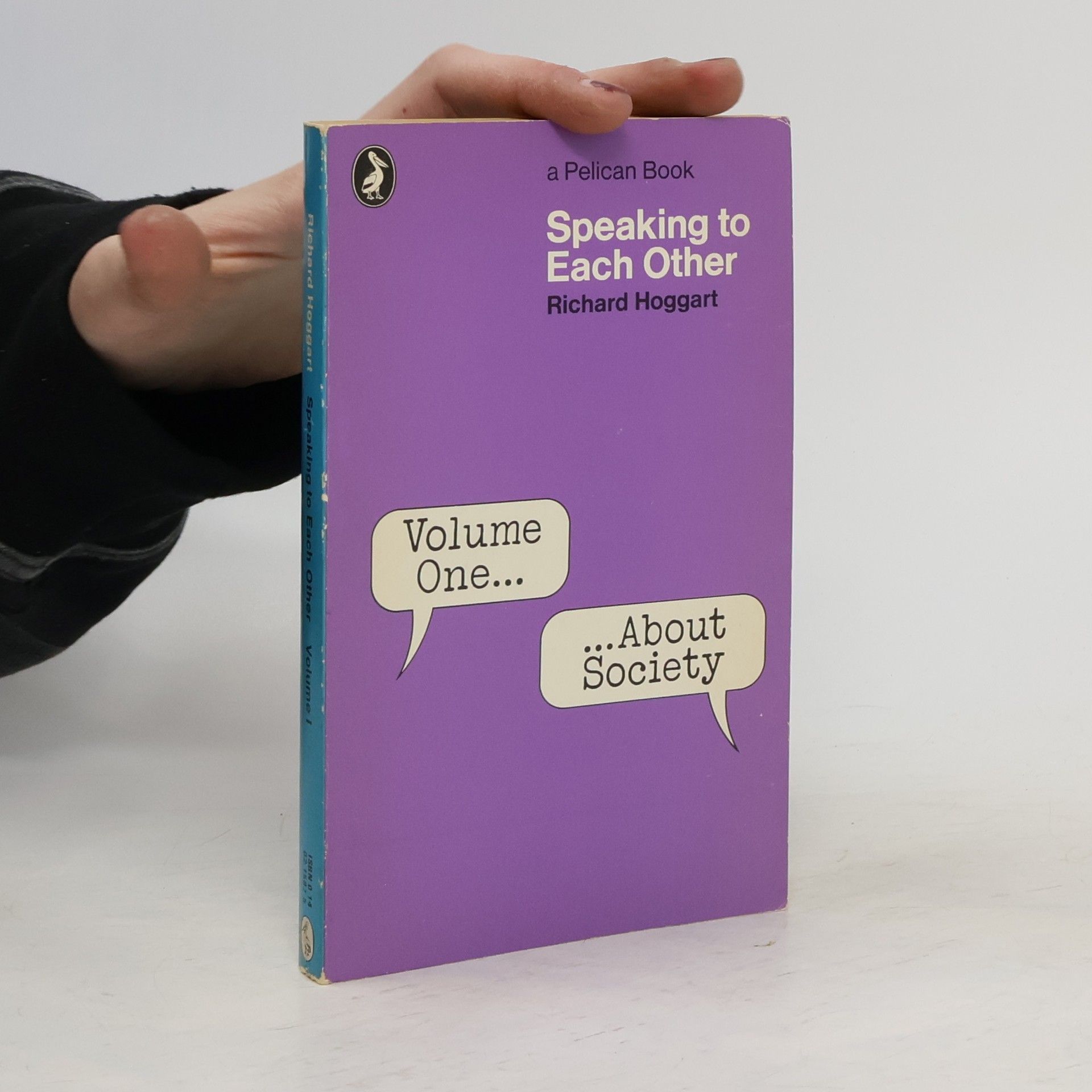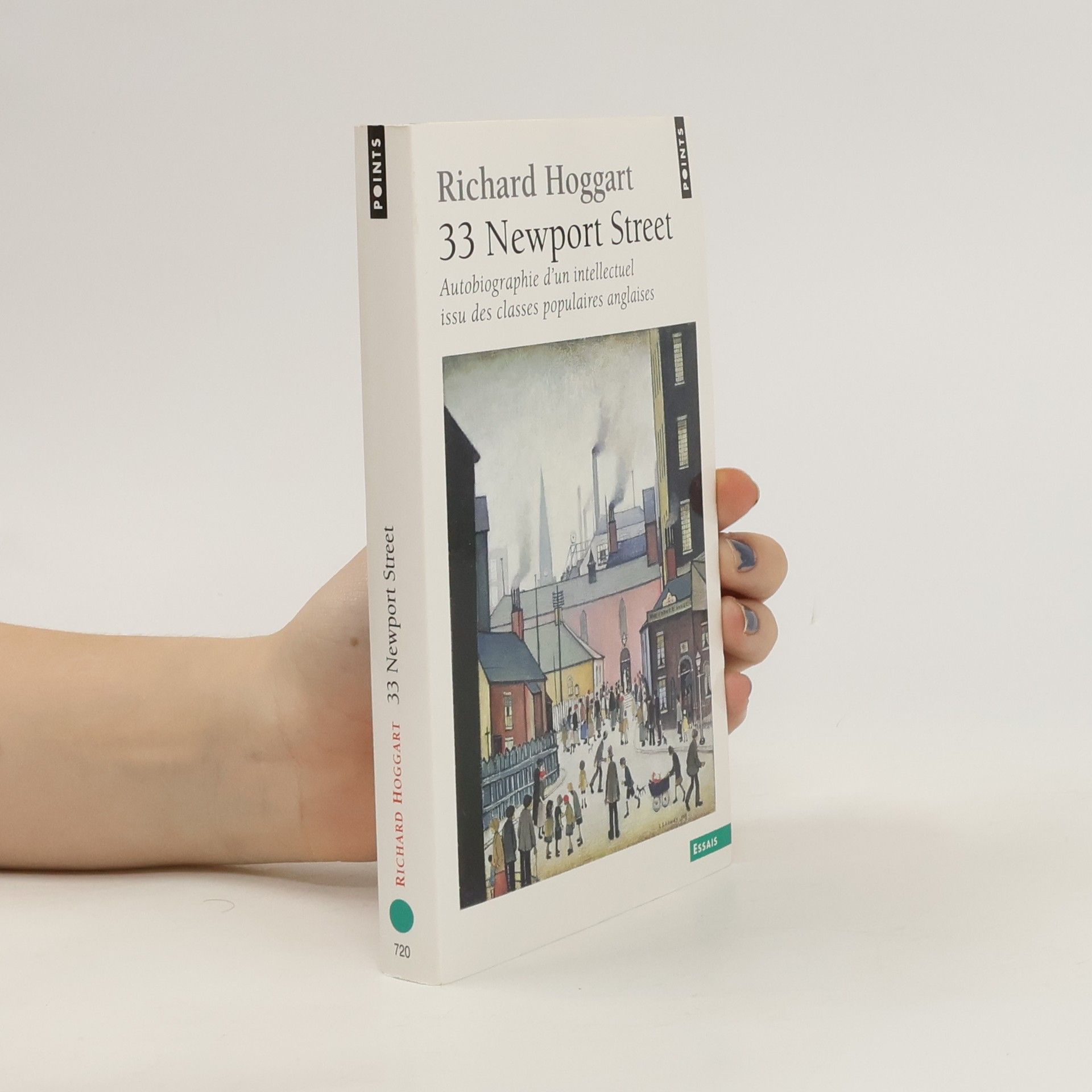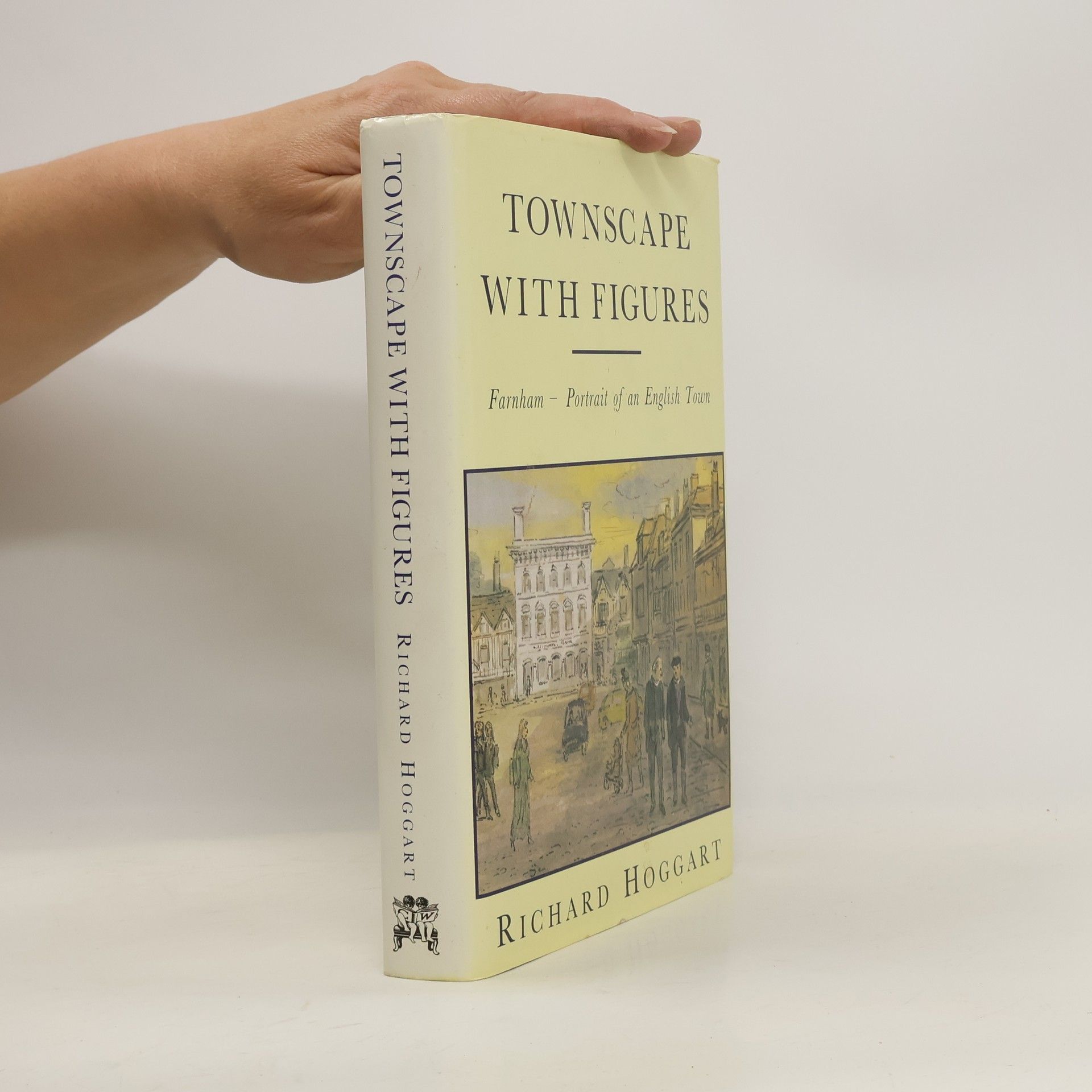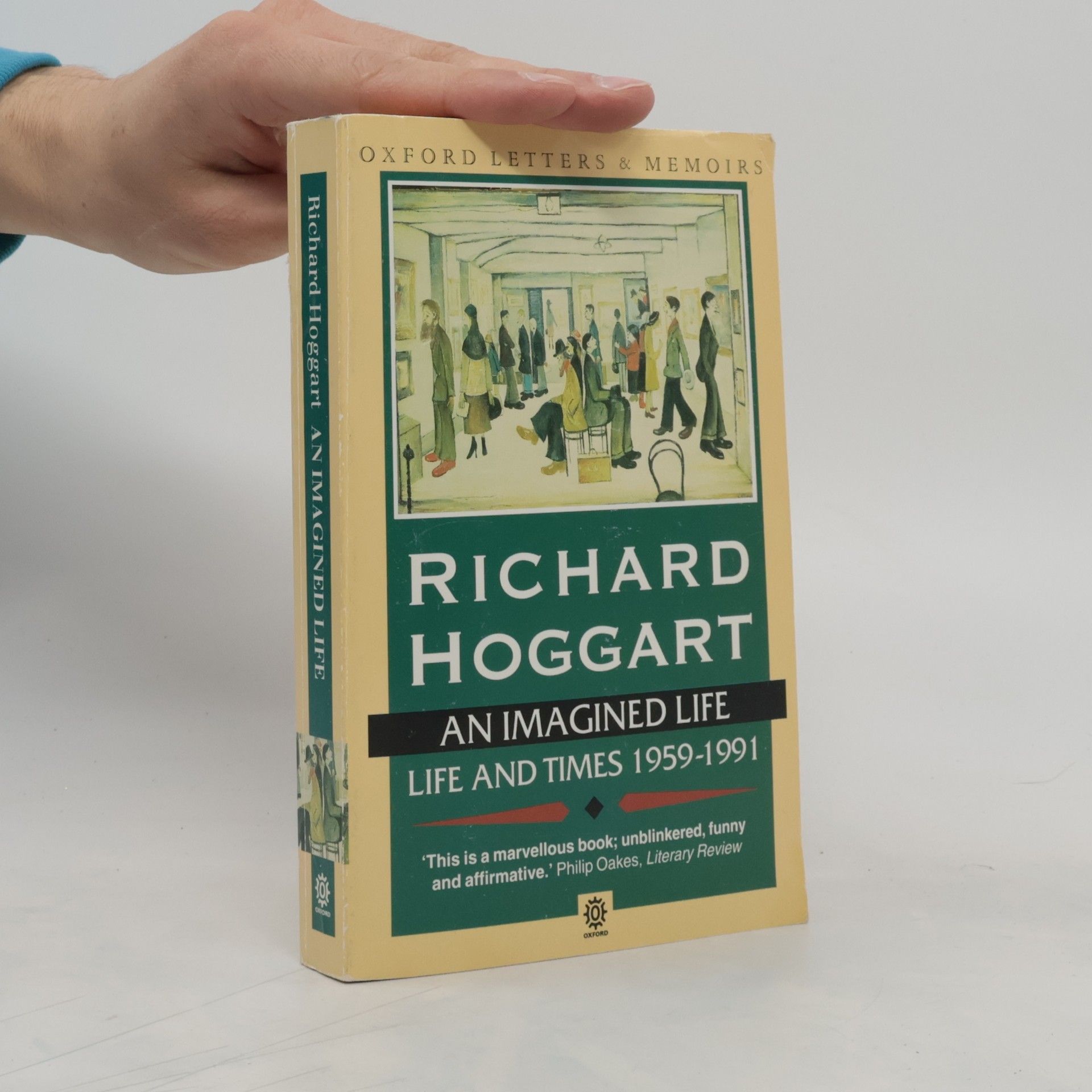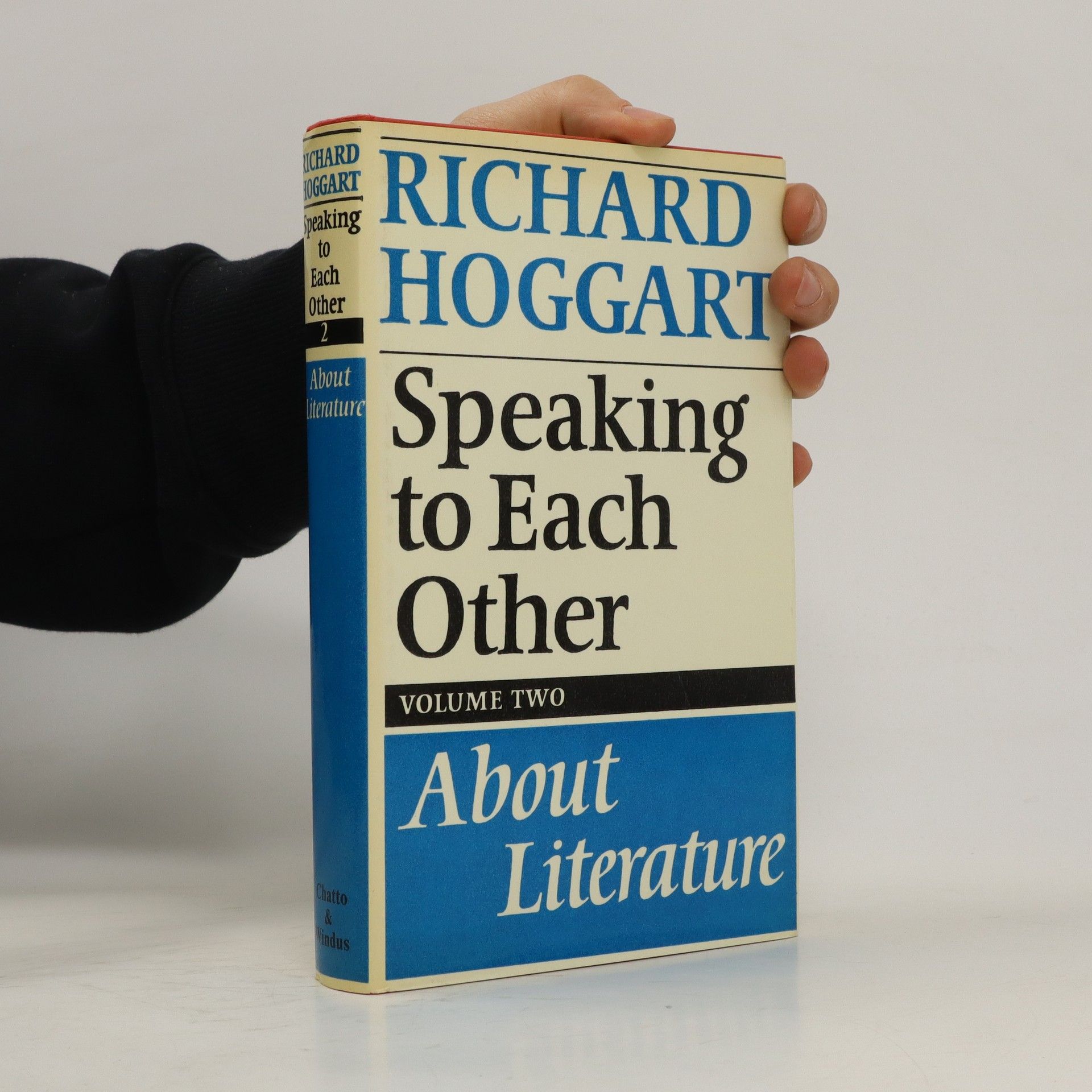33 Newport Street
Autobiographie d'un intellectuel issu des classes populaires anglaises
Publié en France il y a plus de quarante ans, La Culture du pauvre est devenu un classique de la sociologie des classes et des cultures populaires. Dans 33 Newport Street, Richart Hoggart entreprend de raconter sa propre histoire tout en cherchant à comprendre ce qui l’a rendue possible et aujourd’hui, pensable. Il y évoque en écrivain son enfance dans un quartier ouvrier du Leeds des années 1920. Le récit de cette enfance si démunie, et pourtant si riche de souvenirs, fait comprendre que les groupes les plus dominés ont encore une culture, et qu’en même temps il n’est pas de culture populaire, si repliée sur elle-même et si protégée soit-elle, qui ne soit habitée par la domination qui s’exerce sur elle. Hoggart raconte aussi comment il a réussi à sortir, grâce à l’école, de son milieu d’origine, sans rien renier de ses origines ni de sa trajectoire et de sa réussite. Autoportrait d’un intellectuel issu des classes populaires, 33 Newport Street dessine en creux, et pour une fois en négatif, le portrait de l’intellectuel d’élite standard.
